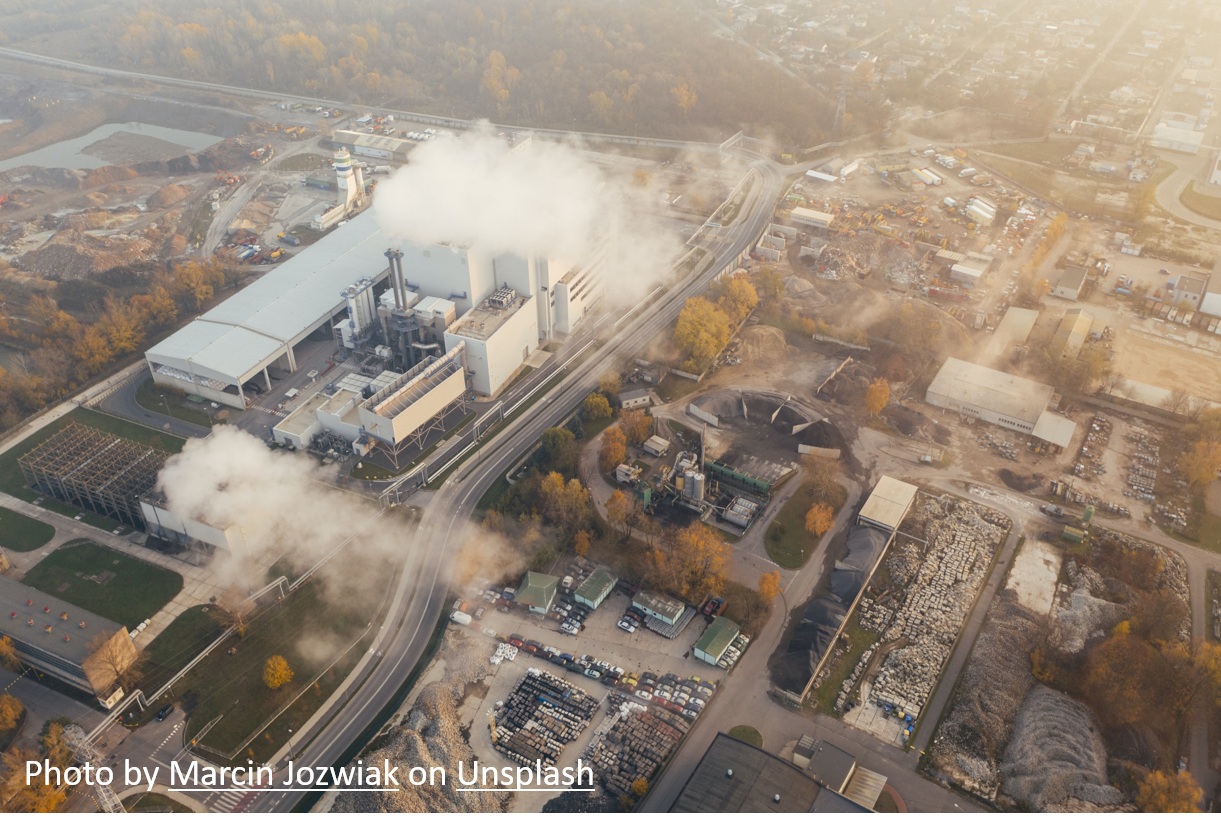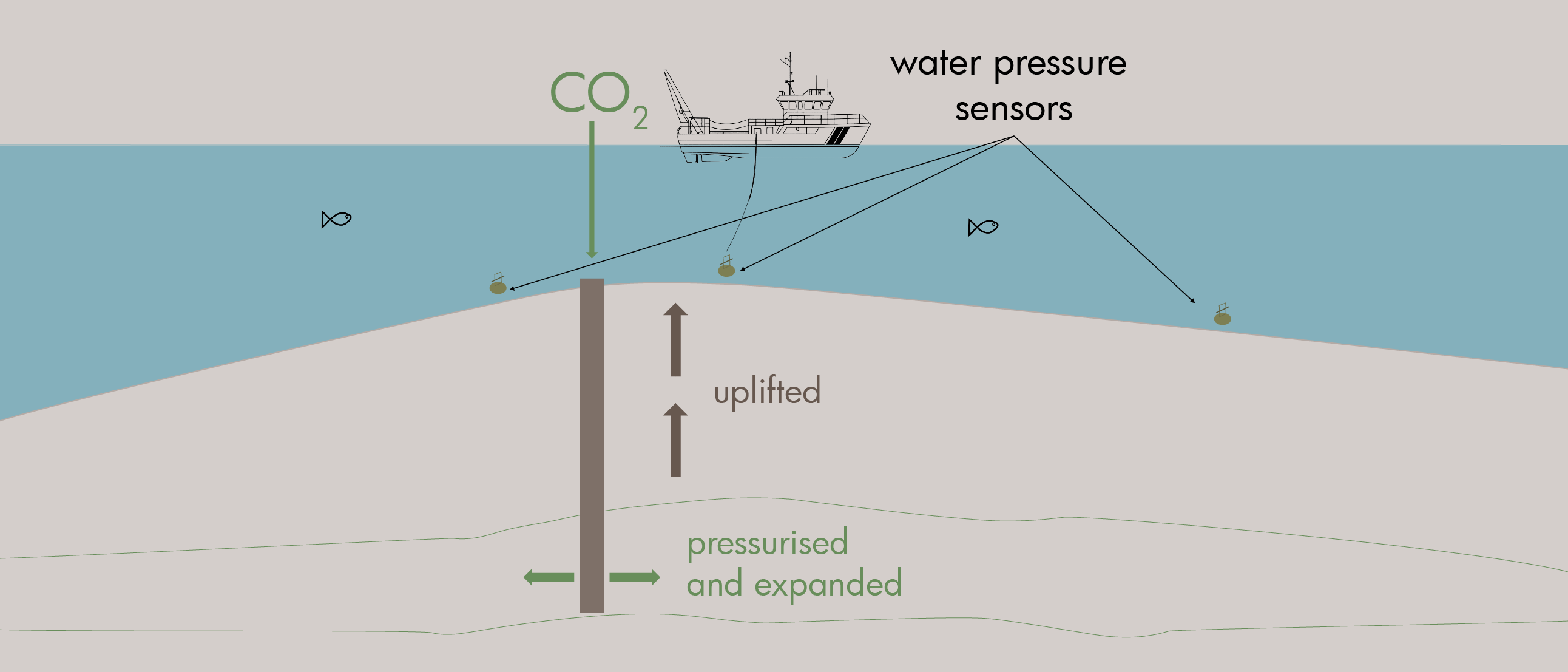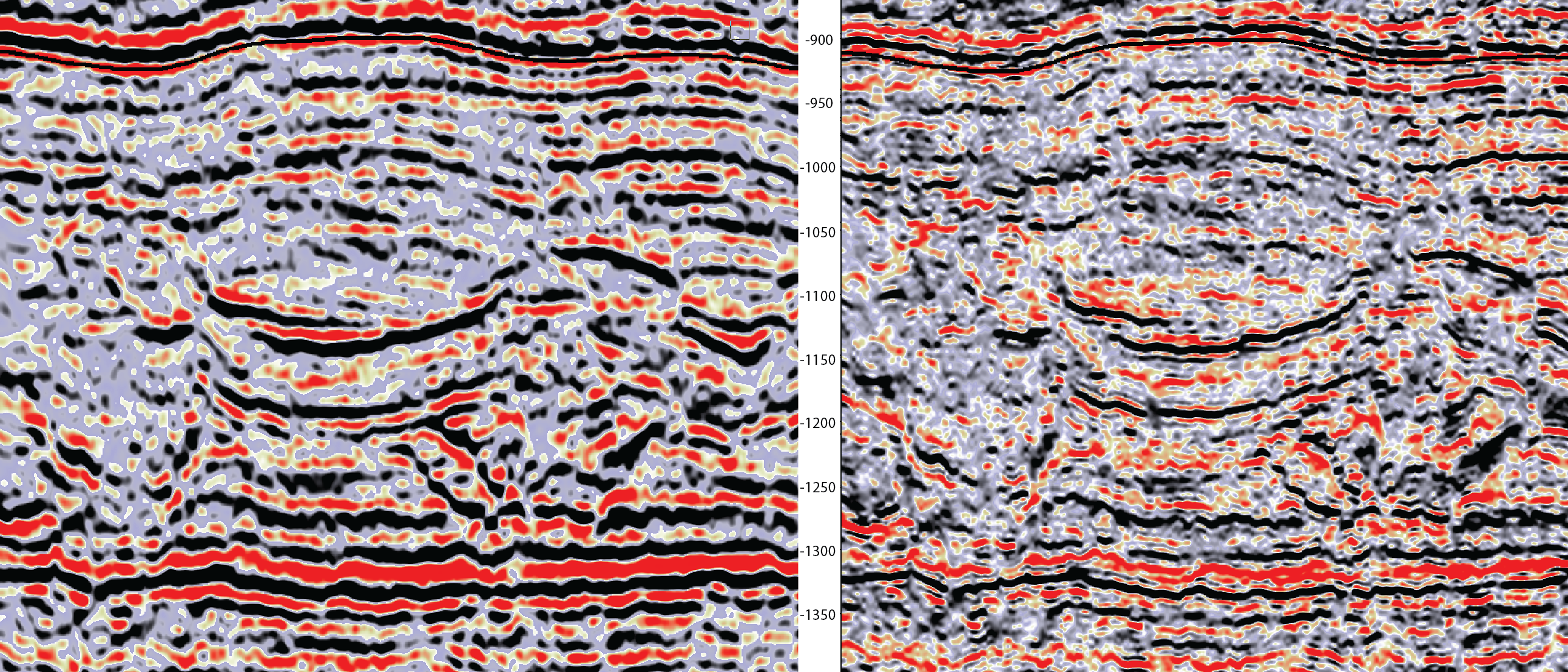This week, Wintershall Dea announced that it expects to start a pilot project injecting CO2 into a depleted oil field in the Danish sector by the end of next year (Greensand CCS Consortium).
The candidate for the initial storage project is the Nini West field, part of the so-called Siri Canyon Play in the north of the Danish offshore and currently operated by Ineos.
In November last year, a study performed by DNV was published that concluded that the Nini West field reservoir is conceptually suitable for injecting 0.45 million tonnes of CO2 per year for a ten-year period.
However, in the press release Wintershall Dea states that the Siri Area, which consists of a string of fields like Nini West (see map below), could facilitate storage of around 4-8 million tonnes of CO2 per year by 2030.
This means that more depleted fields will be required in this CO2 injection project, with Nini East, Siri and the Cecilie fields being likely candidates as mentioned in this article.

At first glance, there should be plenty of candidates for re-use of depleted fields for CO2 injection in the Danish sector, with a string of major oil and gas fields that will cease production in the years to come. However, as indicated by this study performed by GEUS, most fields are reservoired in low-permeability Chalk, which means that injecting CO2 will be a challenge. It is therefore not too much of a surprise that the Nini-West field was earmarked for the initial CO2 storage project, as the fields in the Siri Canyon consist of Paleocene siliciclastics of reasonable permeability.
A comparison
How do these ambitions compare against similar initiatives in other North Sea sectors? The Acorn project is probably the most advanced in the UK, with the first phase consisting of injection of around 300,000 tonnes per year in the abandoned Goldeneye field, which has a capacity of around 30 million tonnes. Timings seem to be a bit flexible for Acorn with the first injection test probably aimed at the mid 2020’s. The maximum capacity of the Goldeneye pipeline is stated to be 5 million tonnes a year.
In the Netherlands, Porthos is the most advanced CO2 injection and storage project. It aims to store 2.5 million tonnes of CO2 a year in a depleted offshore gas field not too far away from the Rotterdam industrial cluster where most of the CO2 will be captured from. Final investment decision is expected in 2022, with the plan to be operational in 2024.
The most important CO2 storage project in Norway is Northern Lights, which is the transport and storage component of the Longship initiative. The first phase of the project aims to be completed by mid 2024 when up to 1.5 million tonnes of CO2 should be injected. Plans exist to increase the capacity to 5 million tonnes per year through additional phases of development and an increasing customer base.
Based on this quick review, it must be concluded that the ambitions of the Danes are high: their 4-8 million tonnes per year target, to be reached using a string of small fields rather than one such as Goldeneye, seems ambitious.
And to put these initiatives into perspective, the UK is currently emitting more than 400 million tonnes of CO2 a year. That is a reminder of the long way for CCS to go before it really forms a significant player in achieving a significant reduction in atmospheric CO2 concentrations.
HENK KOMBRINK





